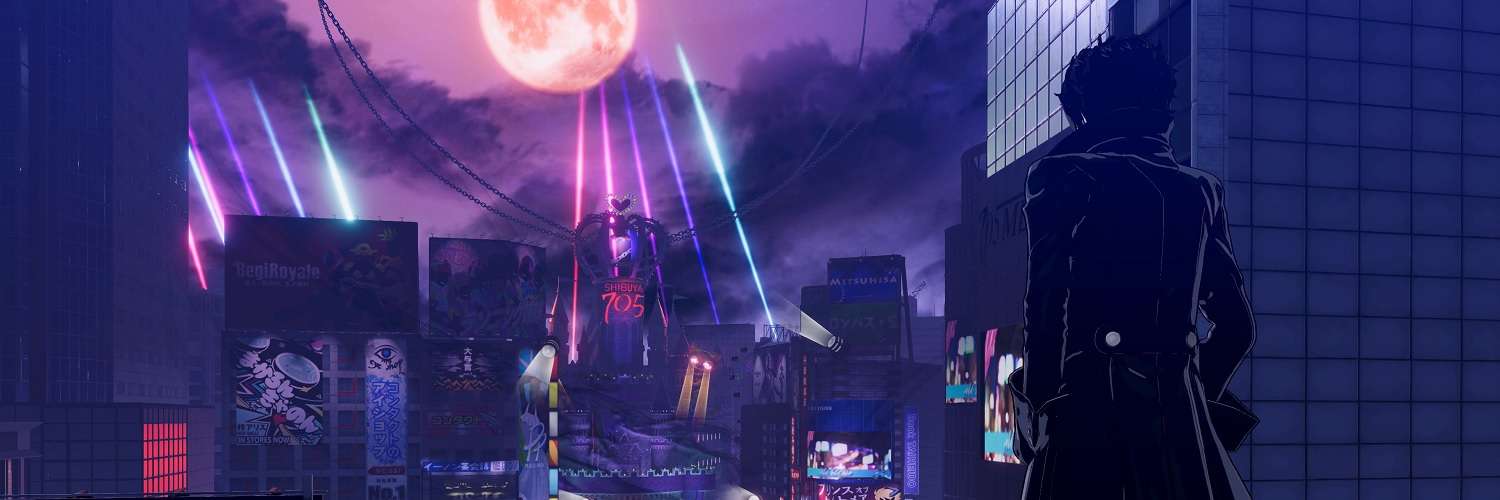
Persona 5 Strikers PC Review
When I heard that Omega Force were getting their hands on the Persona series, I quite obviously thought I knew what to expect. If you look at any of their other involvements with intellectual properties, it often involves taking elements of it and bringing it into the Warriors/Musou formula. Hyrule Warriors, Fire Emblem Warriors, Berserk and the Band of the Hawk, all bought into the large scale battles with hundreds of NPCs to fight while following a story through the campaign, but doing it while jamming the games full of fan service, even if the games are not the most complex of action. Persona 5 Strikers is something a little different, and once again cements Omega Force’s ability to capture the essence of the licence they are using.
Fans of Persona 5 will be rather happy to know that Persona 5 Strikers is more Persona 5 than a Warriors game. This was evident from the first hour or so of the game where the first proper battle did not start until about 30 minutes in. It’s a bit unusual for a Warriors game to do this I thought, but this an RPG that stays true to the roots of Persona 5 – the major difference between the main game and this spin off is the battle system; it is in real time rather than the traditional turn-based battles that Persona is known for. Persona 5 Strikers has a lot of story to tell, you can explore around the city, talk to NPCs, run around dungeons, upgrade skills, level up characters, find new personas and level them up, fuse personas, and even switch between party members. Most elements fans expect are here and I find this fascinating, because due to this, Persona 5 Strikers does not feel like a spin-off, but acts as sequel, with a little twist, to Persona 5.
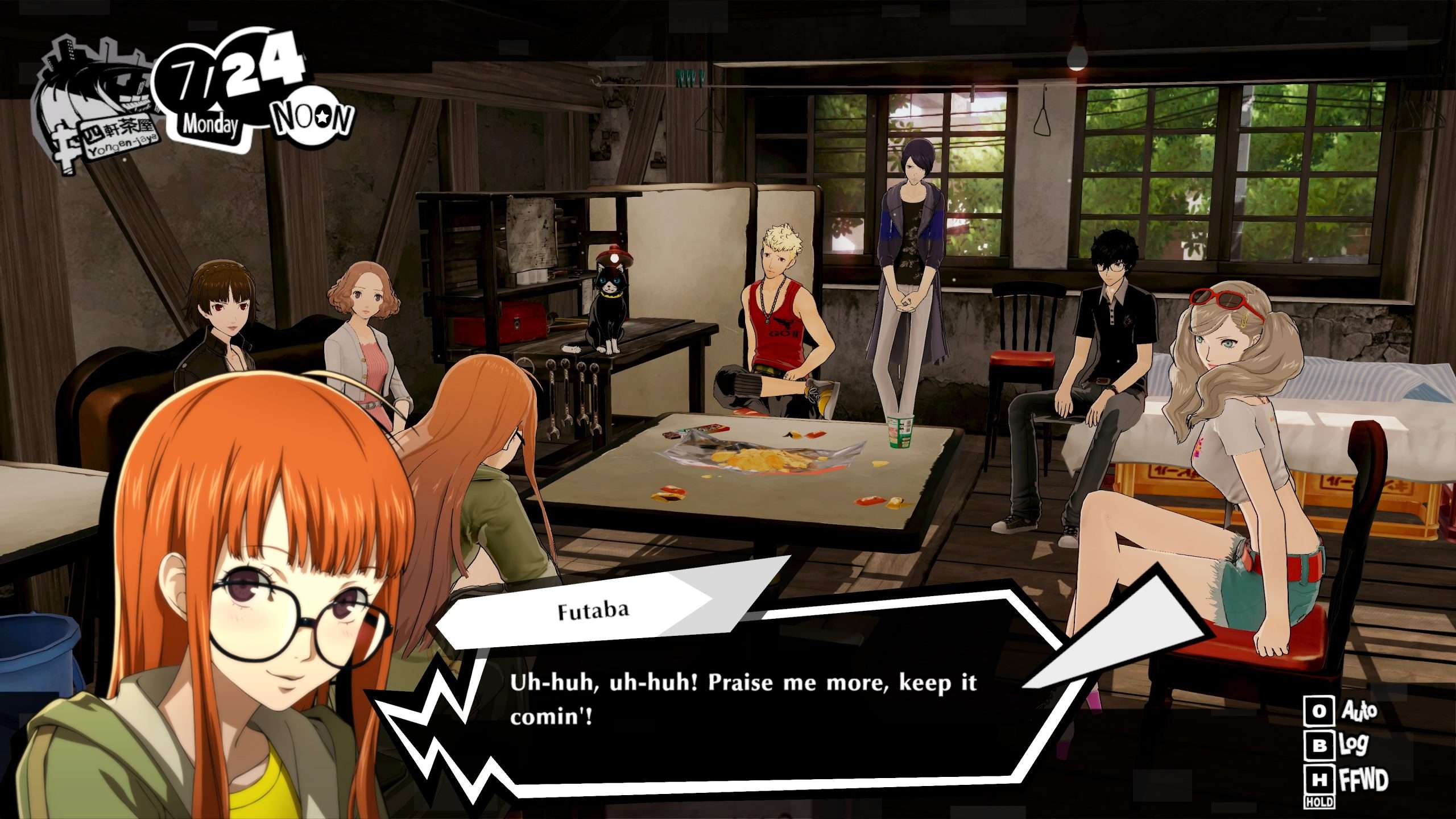
The story continues a few months after the end of Persona 5. The protagonist and famous “insistent on going to sleep” cat, Morgana, return to Tokyo and meet up with the old gang to go on a summer vacation. Unknown to the Phantom Thieves, similar events have begun to happen in which people’s personalities are changing and the police assume the Phantom Thieves are involved, but the truth is some other force is behind this, giving power to certain people to be able to steal the desires of others to feel better about themselves or hide their traumas. The team become involved when a famous idol gives the hero a friend code to join them on a new mobile app social media platform called EMMA, some strange AI powered software that has the power to send them to the cognitive world, a world built from the perception of the host who the Phantom Thieves are trying to save from their distorted behaviour. There are familiar tones in the story, it is about people having a change of heart, but rather now these changes have happened to someone without the involved of the Phantom Thieves, and so the gang are now on a road trip around the country helping to put a stop to the “change of heart” epidemic that is spreading across Japan.
Persona 5 has a brilliant story and a fantastic cast of characters, so failing to deliver a good story or alter the characters from their growth and personality in the original game could go horrible wrong, but thankfully care has been taken to make sure this does not happen. It is fair to say that if you have not played Persona 5, then there are a lot of references that will be missed, and elements that are building on events of that game will not click as easily. Spending around 110 hours with Persona 5, it felt like I was saying goodbye to a group of buddies, and now those feelings all rush back for the cast in Persona 5 Strikers. It is like the Phantom Thieves never left, and the game assumes you know them as it skips character introductions that are often done in the beginning of an RPG. This does mean you no longer get those small moments with the cast that S.Links delivered, but still, as the gang, they are there in all the glory. Expect to see Ryuji acting as the bonehead of the group, being the centre of the banter, or the artistic love of Yusuke, and Futaba thinking he is a bit strange all for it. While the small talk helps give them individuality, it is their growth from the previous game that is put to use as their past experiences are relatable to them when involved with the characters suffering from the change of heart. They are the same characters fans adored, the same stereotypes, but due to the writing they never come across boring or cliché.
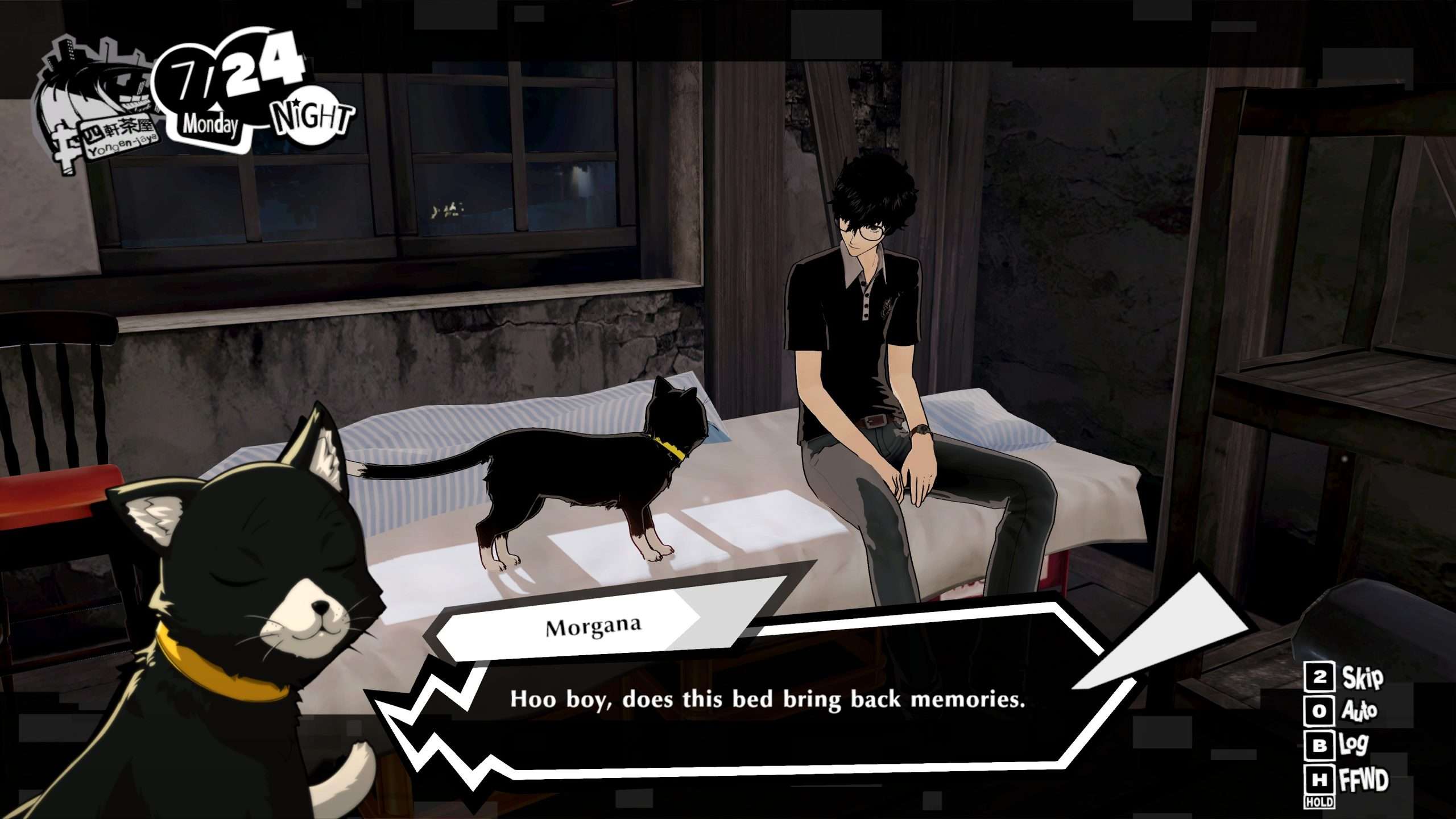
There are a couple of new major characters, Sophia, the AI in the phone that becomes a party member early on, but can only be in a physical form in the cognitive world. Sophia remains on the phone when the Phantom Thieves are exploring Japan, behaving as a super impressive version of Siri or Cortana. The other character is Zenkichi Hasegawa, a guy working for public security who liaisons with the Phantom Thieves to tell them where the worst cases of the change of heart epidemic are happening. Both of these characters are great additions to the game and are given the same care in their character development as any of the other major casts. All the main cast retain their brilliant English voice overs, while the option for Japanese is available in the menu if fans fancy a bit of authenticity playing a game that is based in Japan.
Combat is the biggest change here, which we will get onto in a moment, but other things are slightly different too. Omega Force has streamlined the mechanics of Persona to shorten it to a 35+ hour adventure. One of the most notable absences is the calendar and day-to-day planning, removing the importance of time management. This does not hurt the game, since there are no longer S.Links or events that move the time forward; the game does have dates, the story is set over a couple months, but time does not proceed until the story says it is time to do so. Players can still explore the various cities visited, even though it is only a few areas to run around, revisit dungeons and accept requests (side quests) like previously, but without the burden of missing out due to time restrictions.
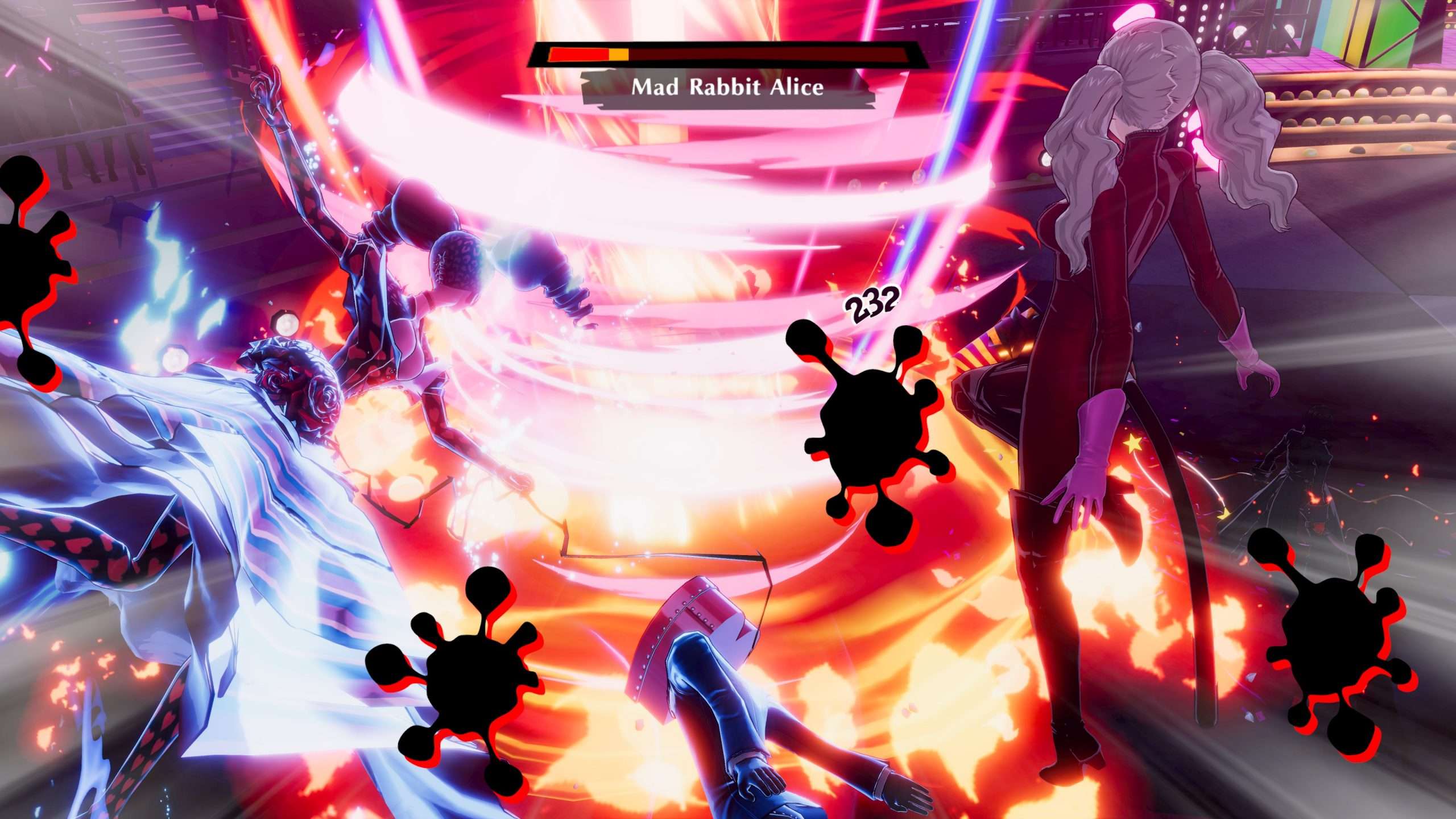
Moving away from Tokyo is nice, as we get to see the other wonders of Japanese structure design and culture within the Persona world, sadly we do not get to see much of it, as the cities visited, Sapporo, Okinawa, Sendai to name some, are limited to a few tiny spaces. Most of the time will be spent in them through the game’s lengthy story delivery or during the dungeon exploration to find the Monarch and defeat them. The dungeons, or jails as they are called, are wide and uncomplicated map designs, with a little bit of elevation, platforming and some simple puzzles to solve, such as finding three key items to reveal the main area, switches to open doors, reveal secrets with the third eye ability. I feel the size of the areas are done to make sure that every combat encounter has enough room for the carnage that goes on.
Scattered around the dungeon are shadows who will be on the watch for players to initiate a fight. Just like the previous game, touching these will begin the battle, with a surprise attack giving the player the upper hand. If the enemy detects the player before the player has a chance to hit the enemy then said enemy will get the surprise attack. Battles are done within a small open area and the player is free to run around while the AI of the party members freely engaging in battle based on a few AI settings that can be done in the menus. X and Y act as the typical combo strings, something Warriors fans will know of, and depending on the combinations pressed will determine which combo string is performed. There is also a dash button to avoid attacks and a gun attack to shoot long range.

Typically a battle can range from a couple of strong opponents or the screen filled with 50+ weak enemies and a few tough demons thrown in for good measure. Time spent in a fight is quick unless there is a boss character. Sometimes, depending on the ambush, you can wipe out the enemies in a single strike. This is where the Warriors elements make up the game, especially in the hacking section, where players must defend Futaba from huge enemy counts while she breaks security. Hack-and-slash is not exactly a known element of the Persona series, so the developers have thrown in quite a few combat mechanics that are built in mind of trying to capture the strategic elements of the turn-based combat. This means the key elemental weaknesses from the Persona games are in full effect here. Once an enemy has been hit with any of the element types, a info box can be seen that informs what strengths and weaknesses the enemy has. Summoning a persona, done by holding down a button that will freeze the action while the player aims the area of effect zone to cast, and hitting enemies with weaknesses will do big damage, and if they stagger, an all out attack can be performed that will rush all four characters into a small area and hit all the enemies.
Omega Force have done well to bring in the foundations of Persona 5‘s turn-based combat into this real-time variation. A lot of the same rules apply here that they did in the RPG. Joker can have multiple personas and can change them on the fly in battle, while the rest of the characters are locked to their single persona. Items can be used to replenish health and spirit (magic) points. Is it as deep as something like Devil May Cry? Of course not, but I do not think it needs to be. Combat has enough to it that it requires the use of all the features to be successful at it, and the fact that each characters’ combos are a little different, due to their speed and strength, plus their different gun weapons, gives the needed difference to stop it becoming stale. Many of the smaller enemies can be button mashed or instantly destroyed when hitting their weakness, but get into a fight with a stronger enemy switches the dynamics of the battle where players need to be more alert, dodging attacks, abusing enemy weaknesses and making good use of staggered statuses – combat is fast and hectic, it really is just a blast to participate in, even if sometimes it is so filled with madness it can be hard to see what is going on with all the colours and effects on screen.
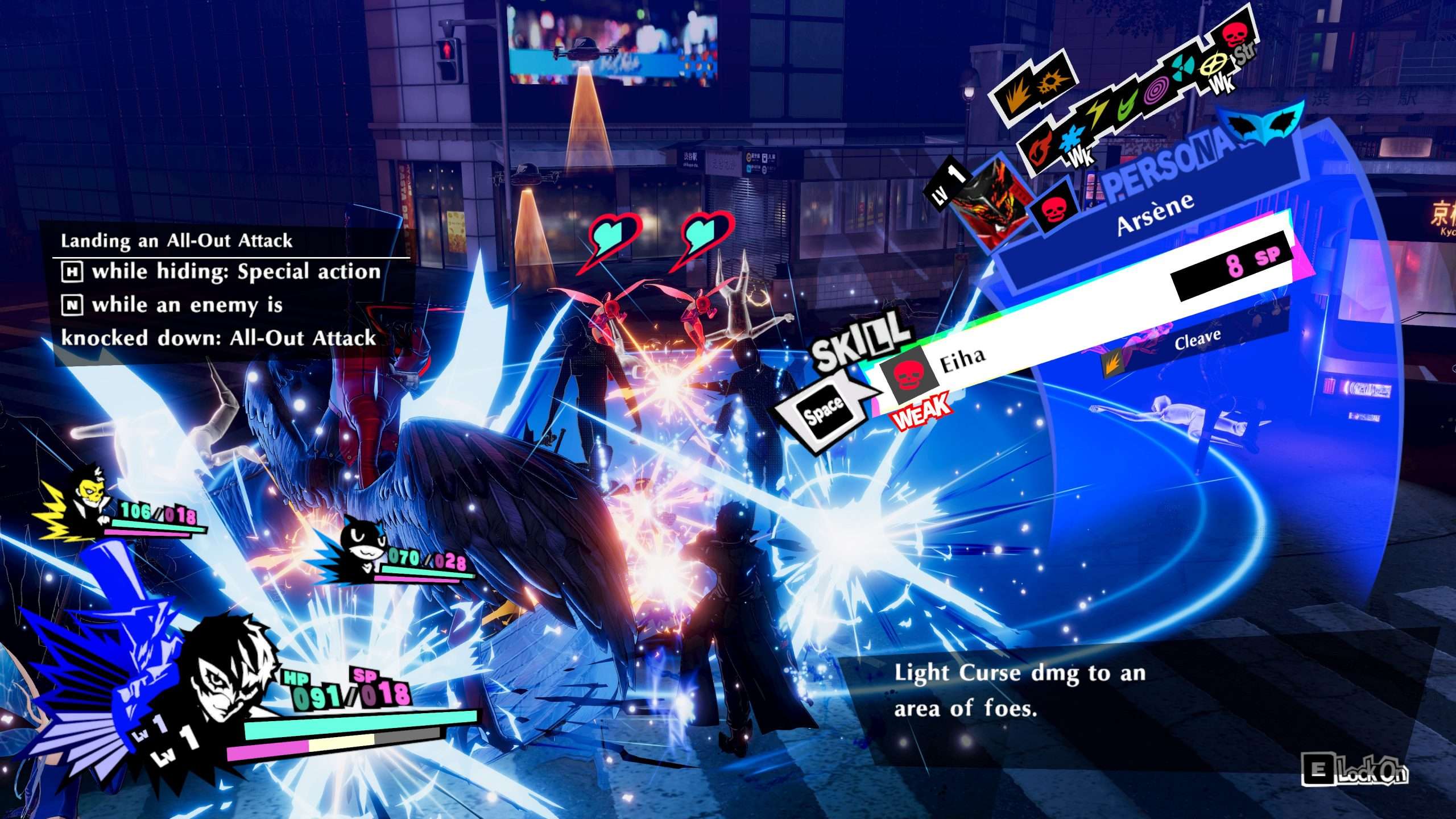
Presentation is top notch, keeping all the stylish menus, user interface and vibrant colours intact from previous titles. Persona 5 Strikers is not demanding, yet still looks brilliant thanks to its art style and striking, yet simple design. It goes to show that games can look amazing without having to run realistic visuals. The action never hiccups on PC, and if you are lucky to own a new graphics card, then you can really push the resolution in this game without problems. One thing to note is the game does not run higher than 60 frames per second, but it stays there consistently, staying smooth throughout the hectic action. The soundtrack features new and remixed tracks, all fantastic and do a good job in getting the player in the mood for fighting, singing the lyrics along as the carnage unfolds on screen. There is also moments of reminiscence as classic tracks play for unforgettable areas for anyone who experienced Persona 5 before this. When I heard the remix of Last Surprise it had me so pumped for the fight and I knew I was in for a treat with this games soundtrack after hearing that interpretation of one of Persona 5‘s most famous tracks.
Persona 5 Strikers is an explosive return to the world of Persona 5. Care has been taken to keep the essence of Atlus’ RPG intact to recapture the soul of Persona. Omega Force could have easily gone the standard Warriors route, but they changed their plan, adding in their own little twist to the formula by adjusting the battle system to real time and streamlining the experience. Combat is exciting and quick, the story interesting, once again putting the wonderful characters into the spotlight and adding more to their already defined traits. Persona 5 Strikers might not be the full fat Persona experience nor a true Warriors game – it is certainly targeting the Persona fans more than Warriors fans – but it is a quality extension to the Persona 5 story, a worthy summer road trip that might be advertised as a spin-off, but truly feels more like a sequel with a new flavour sprinkled on top.
